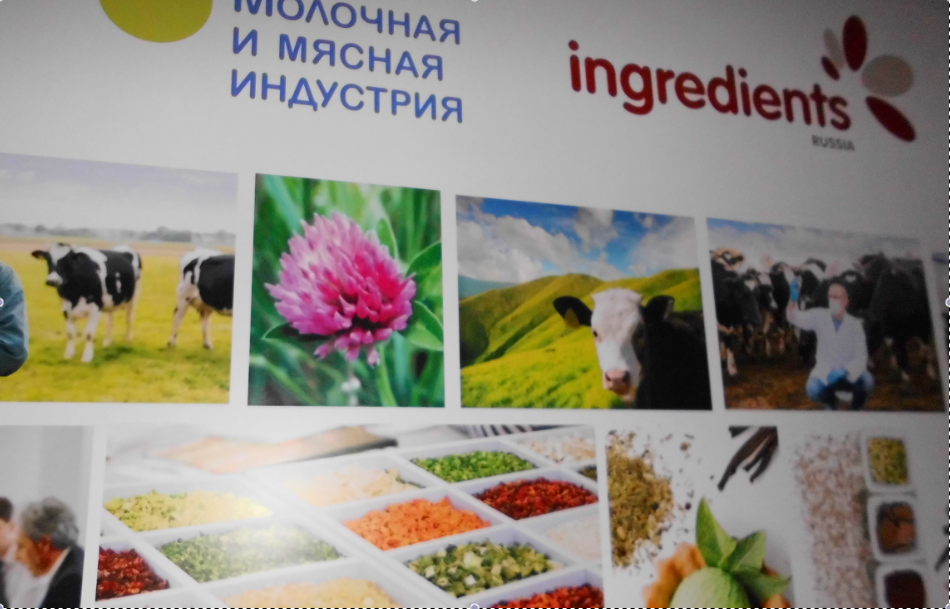 First decade March 2017, the conference Production of High-quality Coarse and Juicy Forages - the Basis for the Economy of Dairy and Beef Cattle was held in the framework of the international exhibition Dairy and Meat Industry in Moscow. Specialists of Agrochemical Service Center Omsky FSBI (member of Omsky Biocluster) took part in this conference.
First decade March 2017, the conference Production of High-quality Coarse and Juicy Forages - the Basis for the Economy of Dairy and Beef Cattle was held in the framework of the international exhibition Dairy and Meat Industry in Moscow. Specialists of Agrochemical Service Center Omsky FSBI (member of Omsky Biocluster) took part in this conference.
The conference was attended by heads of management bodies of the agrarian and industrial complex of the subjects of the Russian Federation, heads and specialists of agricultural organizations, representatives of trade unions and periodicals of the media. Director General of National Union of Beef Producers Roman Kostyuk spoke about the state of affairs in the livestock sector of the Russian Federation and voiced the tasks facing the agricultural producers of the country. Deputy Director of the Department of Plant Production, Mechanization, Chemicalization and Plant Protection of the Ministry of Agriculture of Russia Yevgeny Kupreev noted that one of the main tasks in the industry is to meet the needs of livestock farms with high-quality fodder.
Marina Smirnova, Chief Agrochemist, Department of Toxicological and Radiological Research and Environmental Protection, Agrochemical Service Center Omsky FSBI:
"Leaders and leading experts of the industry focused on the quality of the forage base of domestic livestock: it's compliance with technology for harvesting coarse and juicy feed, this is the use of quality mixed fodders and feed additives in the diet. Accredited laboratories now exist in many regions of the country, laboratories have technical resources and personnel and personnel potential for expert examination of feeds, supplements for all critical parameters. Unfortunately, not all cattle breeders use the resources of laboratories. In this case, it is wrong to evaluate according to the principle of "expensive or cheap". It is necessary to think about the efficiency or inefficiency of feeds. The conference participants focused the attention of livestock producers on the growth of natural production through the observance of technologies for keeping and feeding cattle."

